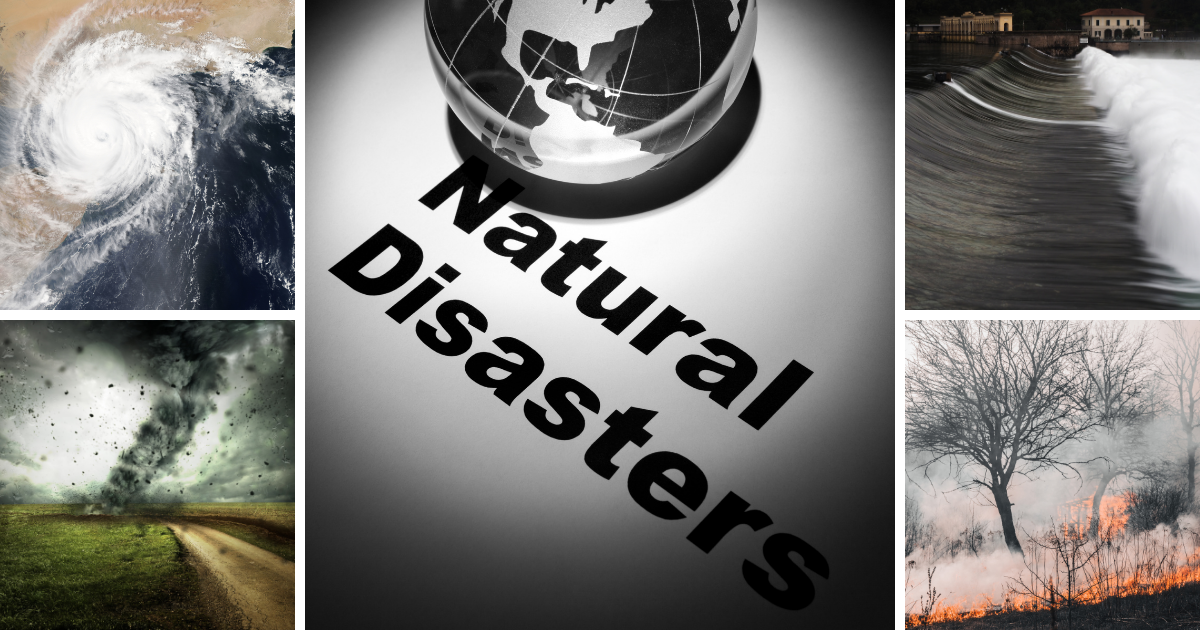COVID-19 Lessons for Your Next Pandemic Crisis Plan

How many times have you heard people say that phrase as we battled the impact of an unprecedented global public health catastrophe?
While the COVID-19 pandemic is a long way from being over, it’s not too early for crisis communicators, risk managers and emergency planners to begin to answer the question – what will it take to say, with confidence, ‘Never again!’
We noted in this blog before, only a third of organizations say that they were ‘very’ prepared for COVID-19, according to a survey released in March by the Institute of Public Relations and the agency, Peppercomm.
Almost certainly, among that third of well-prepared organizations were vital service providers in healthcare, transportation and food supply, which really must have robust pandemic risk plans.
The rest of corporate America and not-for-profits?
Very few of them will have had a meaningful pandemic risk and crisis management plans.
Writing in the Journal of Business Continuity and Emergency Planning, Lisa Koonin, who teaches health policy and management at the Gillings School of Global Public Health for the University of North Carolina, identified four areas of business pandemic preparedness that are relevant for any level of severity:
- Continuity Planning
- Workforce Protection
- Protecting Customers
- Protecting the Community
As current circumstances are demonstrating, the plans should cover rising levels of severity to the catastrophic point where employee absenteeism through sickness, supply chain disruptions and severe reductions in demand for products, with the resultant financial impacts, are threatening the very survival of the organization.
Mobile technology to allow ease of access and activation of plans, resources and tools, at all hours of night and day, allows your team to manage and collaborate on the demanding, round-the-clock schedule that a pandemic imposes on an organization.
In addition, access to constantly updated information is crucial during a pandemic. The plan should ensure that your organization subscribes to updates from media and government entities.
We have the links to the many of those key entities at the end of this blog.
One of the most important organizations for information during a public health crisis and to support pandemic planning is the World Health Organization (WHO). Its website publishes a very thorough checklist for pandemic influenza risk and impact management, among many other tools and resources.
As WHO notes in the introduction to the checklist, in the past strategies focused on responding and recovering from a pandemic.
The new approaches emphasize prevention and mitigation of health risks before they become emergencies.
Hopefully, our planning will be more robust, comprehensive and effective the next time.
SOURCES FOR FURTHER INFORMATION & UPDATES
The latest official national & international updates are available here:
Learn how hundreds of organizations large and small are using our award-winning crisis management platform, In Case of Crisis, so you can be better prepared and respond faster to emerging threats like Coronavirus.










